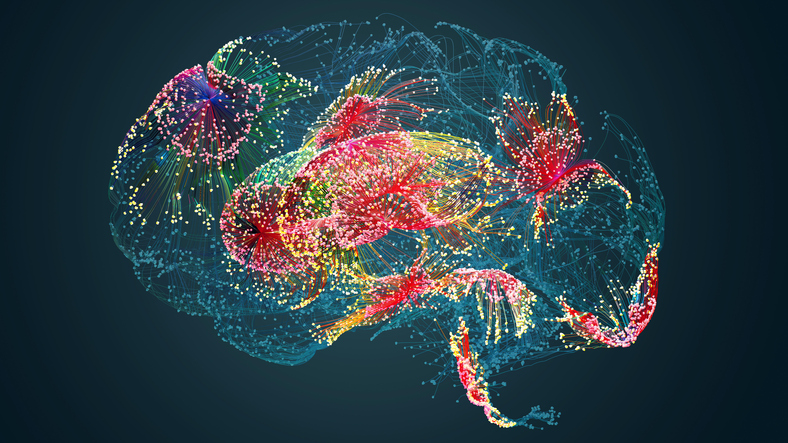
Angelia Elkins was feeling hopeless, so she sought medical help for her depression, which was seriously affecting her quality of life. The 49-year-old resident of Homewood, Ala., had treatment-resistant depression, which means her symptoms continued despite taking prescription antidepressant medication.
Her physician recommended electroconvulsive therapy (ECT) at UAB St. Vincent’s East Behavioral Health. ECT is a noninvasive procedure that delivers small electric currents into the scalp to stimulate brain cells.
According to the American Psychiatric Association, ECT is highly effective for severe and treatment-resistant depression – despite being portrayed negatively in some movies.
“ECT today is not what you may have seen in the movies years ago,” said Steve Wells, RN, the ECT coordinator at UAB St. Vincent’s. “It’s much safer due to the changes in technology and how it is administered. This is an effective treatment that works very fast, but it’s underutilized because people don’t realize it’s still being used.”
‘Give it a chance’
For anyone considering ECT, Elkins recommends not being afraid of it. Although the treatment induces a seizure, patients do not feel it because they are given general anesthesia and a muscle relaxant. ECT appears to change a patient’s brain chemistry, quickly reversing symptoms of certain mental health conditions in many cases.
“I come in for treatment when I start feeling the depression kicking in and my bipolar swings start hitting really bad,” Elkins said. “When I leave, I feel like a brand-new person and on top of the world. It doesn’t hurt. It works really well, but you have to give it a chance.”
ECT treatments are delivered in a series of individual sessions spaced out over several weeks. Each session takes about 5-10 minutes, plus some time for preparation and recovery. Many patients begin to see improvement after 6-12 treatments. Once the initial series is completed, most patients transition to an outpatient setting and receive maintenance treatments on a monthly schedule.
“It is most effective in people who receive a full course of multiple treatments,” Wells said. “Each individual is different, and we develop a treatment plan to address their personal needs.”
Elkins is a firm believer in ECT – and where she received it. “I highly recommend UAB St. Vincent’s East,” she said. “The team is great, and they treat you like family.”
If you are interested in ECT or other types of mental health services, please call the UAB St. Vincent’s 24-hour intake line at 205-639-6952 for immediate attention, or call 205-838-6387 to learn more.

